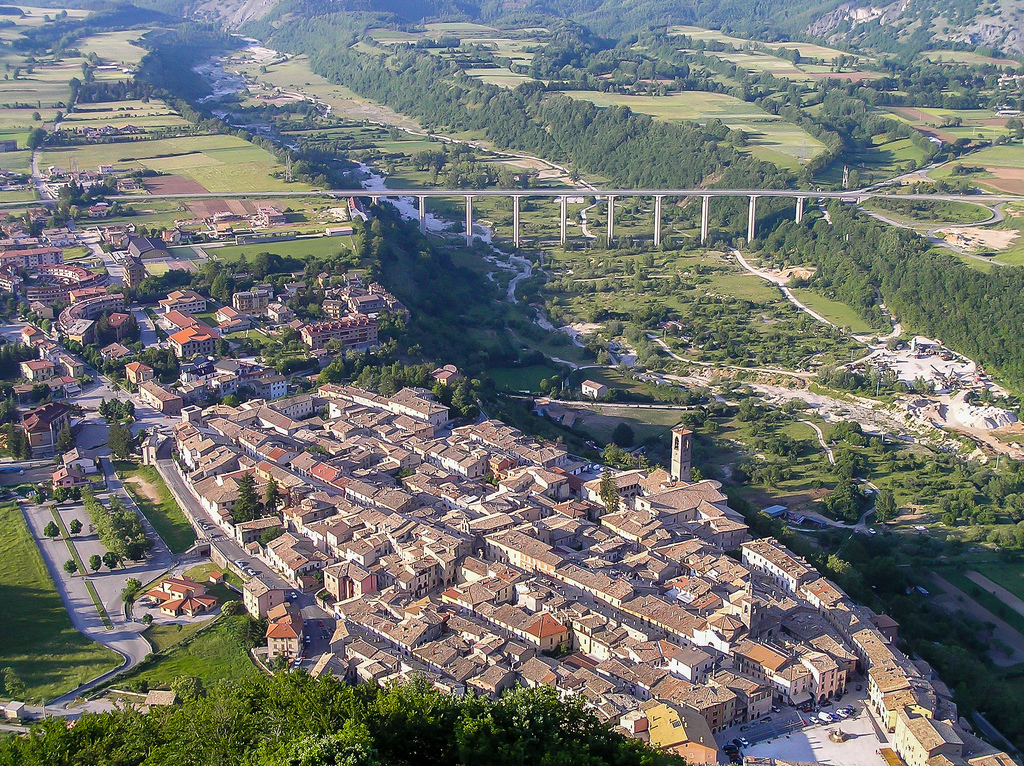Leonessa has one of the largest municipal areas in central Italy with 38 hamlets many of which are called 'villa', such as Villa Carmine, Villa Lucci or Villa Pulcini.
The origin of the name 'villa' is very particular because it immediately refers to the ancient Roman settlements where, with this term, an agricultural production centre was often associated with a noble residence.
We know that the organization and the logistics of the roman army was the real strength of Rome and this "engineering" mentality was also applied to the cultivation of the fields.
The agricultural villa was a real industrial organization where there were sections destined for intensive cultivation, and others for gardens and pastures. There were also premises for the processing of agricultural products and their storage. One part was obviously destined for owners and another for slaves, and an area was set aside for the means of transport to bring the goods to Rome or to wherever it was destined .
It should be remembered that the Romans made a kind of bread that could be preserved for 1 year. For example, in the area of Piazza Esedra (today the Piazza della Repubblica di Roma), bread for a whole legion was preserved to cover a few weeks of travelling so the army was ready to leave at any time.
In Leonessa the name of Villa is preserved and these mostly rural communities are typical of this part of Lazio and Abruzzo. In their urban structure, there is an aggregation of colonial houses and spaces for the shelter of animals and stock.
An attentive eye can still recognize the places where the cheeses, salami and other food products, that had to support the family for a whole year, were seasoned.
The war, post-war earthquakes, and industrialization partially depopulated these centres. The population has emigrated to the city or abroad and the recent earthquake of Amatrice has driven a further change to these hamlets.
Some emigrants have expressed their strong attachment to their native town by creating centres with the same name or with similar architectures. While in Windsor, Canada, a church was built replicating Settefrati, in Argentina Ivo Pulcini created a village for children in need with the same name, Barrio Pulcini, where Pope Francis has said mass.
The interesting phenomenon, however, is the rediscovery of original cultures and the exploitation of local species in agriculture. Those who now till the fields do so in niches cultivating with biological or biodynamic methods. Foods that, in addition to nourishment, give people good health.
This is the case of the potato of Leonessa, nationally recognized, of the biological hulled wheat from Villa Pulcini and gentian which is practically available in every restaurant in Leonessa and the district.
Then, in the surrounding countryside, they have started planting ancient varieties of legumes, and in the area between Leonessa and Amatrice, small growers can be found with products of excellence – returning life to the hills so recently destroyed.








Follow us